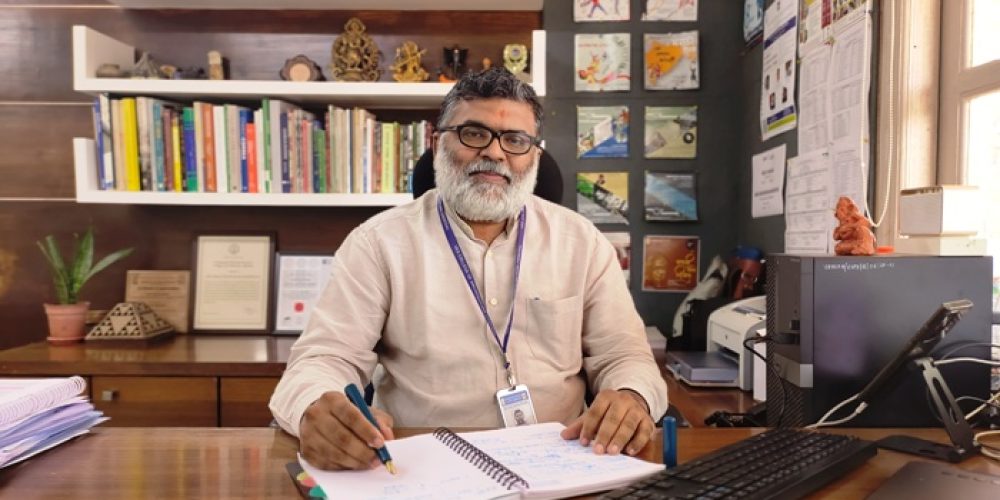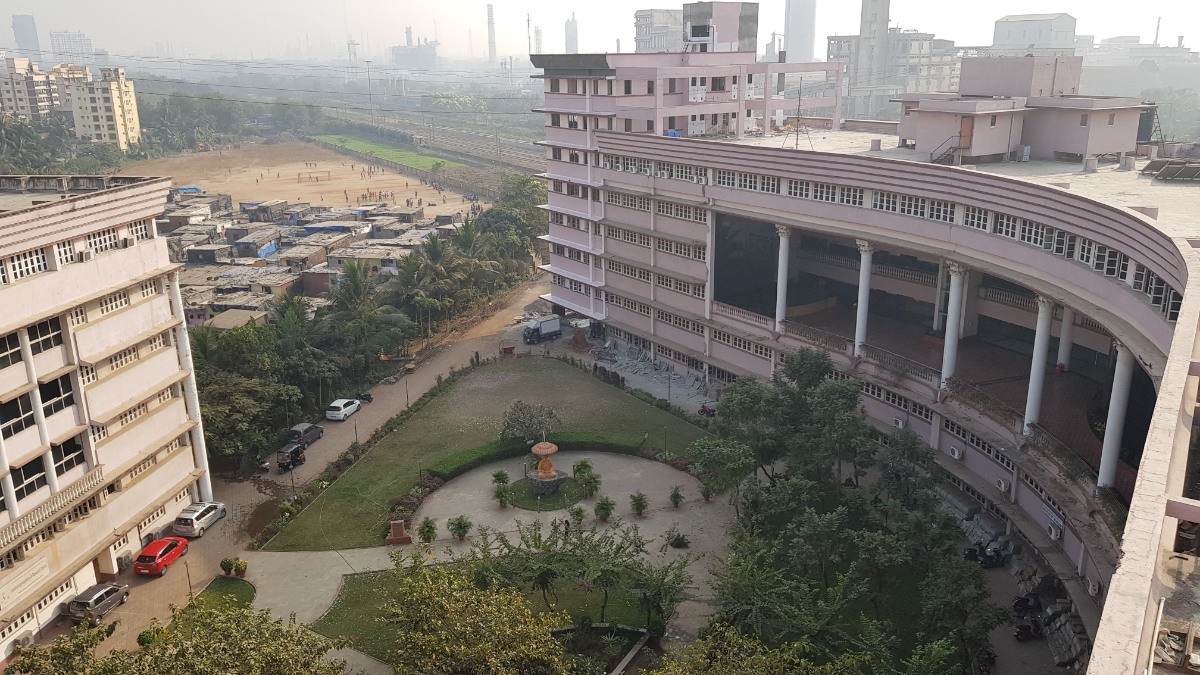As the world grapples with growing environmental challenges, architects are increasingly stepping beyond traditional design roles to embrace a focus on sustainability. The future of architecture involves crafting spaces that not only fulfil human needs but also actively contribute to environmental stewardship. To excel in sustainable design,
1. Visionary Thinking
Great sustainable architects possess visionary thinking—a quality that pushes them to think beyond conventional design methods to address environmental challenges creatively. This forward-looking thought allows architects to anticipate their designs’ long-term effects on ecosystems and incorporate innovative strategies that meet future needs. Additionally, visionary thinking encourages the integration of
2. Deep Knowledge of Environmental Science
is crucial for sustainable design. Architects need to be well-versed in energy efficiency, carbon footprint reduction, and sustainable materials. This knowledge equips them to make informed choices about building materials, energy systems, and waste management. Understanding how buildings interact with their environment—through passive solar heating, natural ventilation, and other strategies—is essential for minimizing environmental impact and fostering sustainable practices.
3. Proficiency in Green Building Standards
Future architects should be proficient in green building standards and certifications, such as LEED (Leadership in Energy and Environmental Design) and BREEAM (Building Research Establishment Environmental Assessment Method). Mastery of these standards ensures that their designs meet rigorous environmental and performance criteria. This expertise guarantees adherence to best practices in sustainability, including energy efficiency, water conservation, and indoor air quality.
4. Strong Analytical Skills
Analytical skills are vital for evaluating the environmental impact of design decisions. Architects must be adept at using simulation tools and software to model energy consumption, daylighting, and thermal performance. These skills enable them to optimize their designs for energy efficiency and sustainability. By analysing data and conducting life-cycle assessments, architects can make evidence-based choices that minimize the ecological footprint of their projects.
5. Collaborative Approach
Sustainable design is rarely achieved in isolation. Architects must embrace a collaborative approach−working closely with engineers, environmental consultants, and clients. Effective teamwork fosters the integration of diverse expertise and perspectives, leading to more comprehensive and innovative sustainable solutions. Engaging with the community to understand local needs and preferences also ensures that designs are both environmentally and socially responsive.
6. Ethical Responsibility
Essential Qualities for Future Architects in Sustainable DesignEthical responsibility is a cornerstone of sustainable design. Architects must consider the far-reaching implications of their work, including its impact on communities, ecosystems, and future generations. This means making design choices that prioritize environmental preservation and social equity. Ethical architects advocate for sustainable practices and strive to create buildings that positively impact the environment and enhance societal well-being.
7. Resilience and Adaptability
The ability to adapt to changing circumstances is crucial as well as necessary for architects focused on sustainability. Whether dealing with budget constraints, shifting regulations, or evolving client needs, resilient architects can adjust their approaches without compromising sustainability goals. Adaptability also involves being open to experimenting with new materials and technologies that can enhance the sustainability of their designs.
8. Passion for Sustainability
A genuine passion for sustainability drives successful sustainable design. Architects deeply committed to environmental stewardship are more likely to pursue innovative solutions and overcome challenges in their quest for sustainability. This passion fuels creativity, persistence, and dedication towards making a positive impact through their work.
By nurturing these key qualities, architects are sure to lead the way to creating buildings that not only satisfy today’s requirements but also ensure a healthier, more sustainable future for the generations of architects to come.


